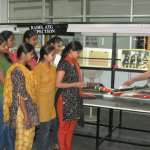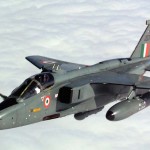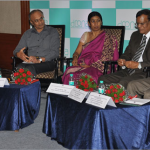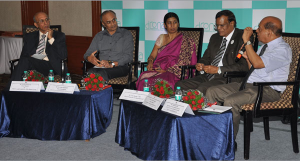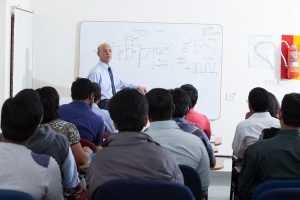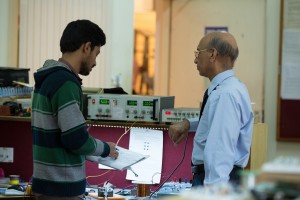A musician credited with inventing the electronic tambura and electronic tabla, G. Raj Narayan may seem to be an odd man out at a seminar on military hardware and electronic warfare.
But Raj, as he is popularly called, is not only at ease with both the fields but is among the lead panellist, given his foray into defence and aerospace, involving manufacture of military-grade weapons for the Indian defence establishment.
A former design engineer at Hindustan Aeronautics Ltd. in Bengaluru, Mr. Raj Narayan, who has a master’s degree in electronics from IIT Madras, has a passion for Carnatic music and was a regular on AIR and Doordarshan till 10 years ago before he decided to strike it out as an entrepreneur in aerospace and defence equipment manufacturing.
Given his background in HAL and experience of working on platforms ranging from Gnat to MIG and Jaguar, Mr. Raj Narayan floated Radel Group, a precision engineering group in Bengaluru, which now develops components for the fighter aircraft of the Indian Air Force (IAF).
May seem hi-tech for the uninitiated but not for Mr. Raj Narayan who said the design and circuitry involved in making a digital musical instrument or military equipment were the same. Speaking to The Hindu on the sidelines of the Indian Science Congress, Mr. Raj Narayan said, “My exposure to electronics and miniaturisation as a designer in HAL enabled me to design circuits for musical instruments”.
Mr. Raj Narayan, who was part of the team that built India’s first indigenous cockpit simulator, also invented the electronic tabla and electronic veena, and mass produced them for the music industry. The music unit grew and supported his venture back into aerospace in 2005; the two companies are located in the same building in Bengaluru, and what is more, they have the same employees.
Today a design engineer may be working on a musical instrument, tomorrow he may work on ammunition firing equipment of an aircraft. “That is the beauty of the whole exercise as the process of electronic design and packaging is the same but the only difference is that defence products have to be conceived and designed at a higher level than for a consumer product,” said Mr. Raj Narayan.
The musician, who received the Karnataka Kalashree award in 2001, recently innovated a missile launcher for the Jaguar based on the latest micro-controller technology to replace obsolete circuits and it has been cleared for induction by the IAF.
The original article appeared on The Hindu.
